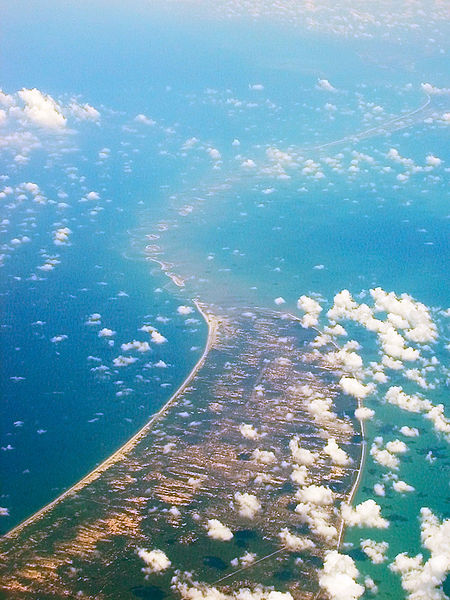
Balangoda Man (Homo sapiens balangodensis) refers to hominins from Sri Lanka's late Quaternary period. The term was initially coined to refer to anatomically modern Homo sapiens from sites near Balangoda that were responsible for the island's Mesolithic 'Balangoda Culture'. The earliest evidence of Balangoda Man from archaeological sequences at caves and other sites dates back to 38,000 BP, and from excavated skeletal remains to 30,000 BP, which is also the earliest reliably dated record of anatomically modern humans in South Asia. Cultural remains discovered alongside the skeletal fragments include geometric microliths dating to 28,500 BP, which together with some sites in Africa is the earliest record of such stone tools.
For more information, click here. Or, Try these sources:
- Premathilake, Rathnasiri, Rathnasiri (2012). "Human used upper montane ecosystem in the Horton Plains, central Sri Lanka – a link to Lateglacial and early Holocene climate and environmental changes". Quaternary Science Reviews. 50: 23–42. Can be read here.
- Kourampas, Nikos; Simpson, Ian A.; Perera, Nimal; Deraniyagala, Siran U.; Wijeyapala, W.H. (2009). "Rockshelter sedimentation in a dynamic tropical landscape: Late Pleistocene-Early Holocene archaeological deposits in Kitulgala Beli-lena, southwestern Sri Lanka". Geoarchaeology. Wiley Subscription Services, Inc. 24 (6): 677–714. Can be read here.
- Deraniyagala, P. E. P. A. R. (1955). "Some aspects of the prehistory of Ceylon". Spolia Zeylanica. 27 (2): 295–303.